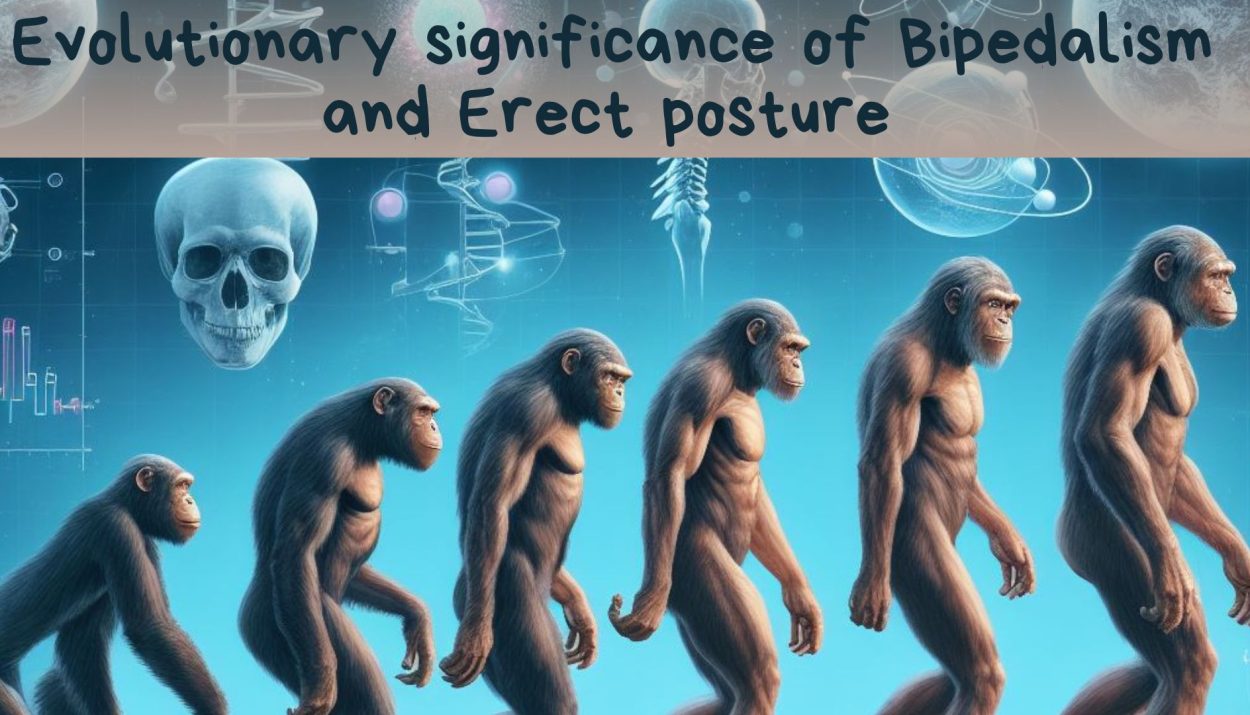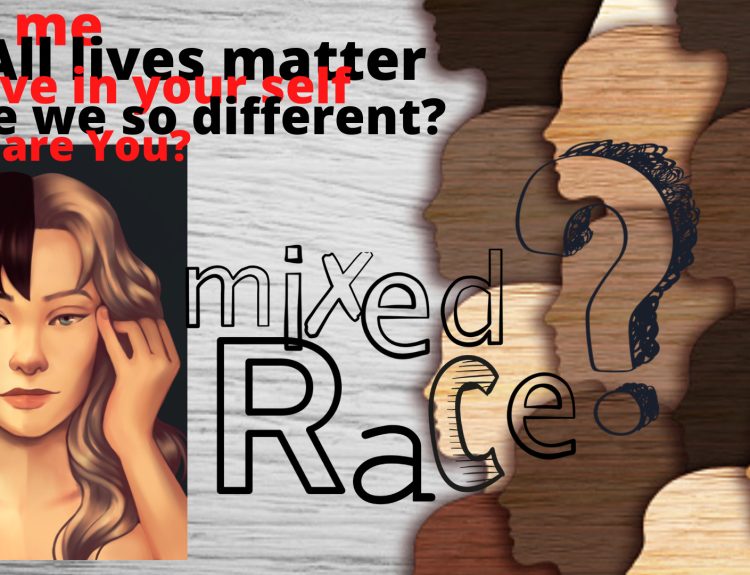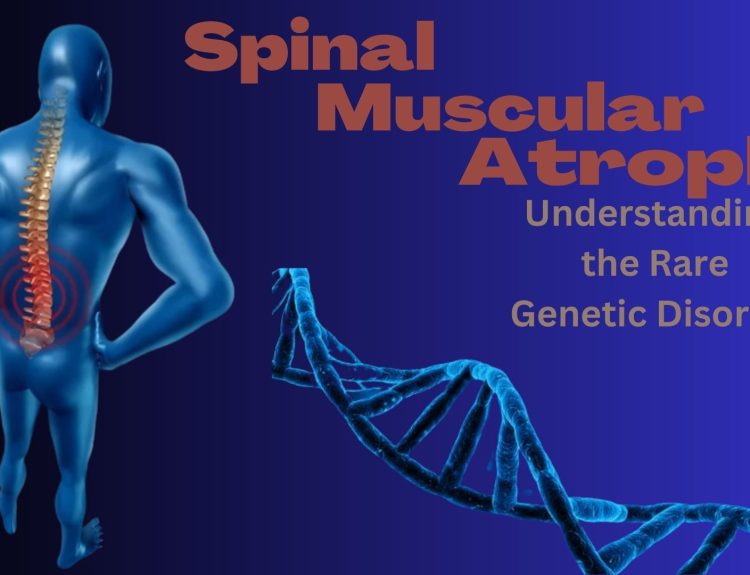Anthropology, the study of human beings and their ancestors, explores the intriguing origins and developments that have shaped us today. One of the most captivating aspects of this field is the evolution of bipedalism and erect posture, two defining features that distinguish humans from other primates. In this article, we will explore the evolutionary significance of bipedalism and erect posture, shedding light on how these adaptations have shaped our species and the field of anthropology as a whole.
Humans’ unique capacity for bipedalism, or upright walking, is exceptionally energy-efficient, using roughly 75% less energy than the locomotion of other quadrupeds or bipedal animals.
Understanding Bipedalism
Bipedalism, the ability to walk upright on two legs, is a defining trait of human evolution. Unlike our primate relatives, who primarily use all four limbs for mobility, humans have evolved to stand upright and walk on two legs.
The emergence of bipedalism is a key milestone in the evolution of early hominids and is believed to have occurred around 6 million years ago. Fossil evidence and comparative anatomy provide insights into this significant transition from quadrupedalism to bipedalism. Numerous theories have been proposed in an effort to elucidate the reasons behind human bipedalism, yet none can be considered entirely fulfilling.
The Erect Posture
Erect posture, closely linked to bipedalism, involves the straightening of the spine, aligning the head, neck, and trunk vertically. This contrasts with the curved spinal column in our primate ancestors.
Adaptations for Erect Posture
The evolution of an erect posture resulted in several significant anatomical changes:
- The repositioning of the foramen magnum, the hole where the spinal cord enters the skull, from the back to the bottom of the skull. This adaptation helps balance the skull atop the spinal column.
- Changing the shape and curvature of the spine to distribute body weight more effectively.
- Developing longer leg bones.
- Adapting to a narrower pelvis to accommodate upright walking.
- Expanding knee joints to support the body’s weight.
- Developing feet that function as platforms during walking, results in smaller toes compared to other primates. Humans are not born with opposable toes.

Evolutionary Significance of Bipedalism and Erect posture
Evolution: Bipedalism and erect posture represent pivotal milestones in the evolution of our species. These adaptations allowed early humans to venture out of the forests and into diverse environments, ultimately leading to our widespread distribution across the globe.
Tool Use and Manipulation: The free hands that come with bipedalism allowed early hominids to develop and use tools. This capability was a significant step in human evolution, leading to the creation of more complex technologies and altering our relationship with the environment.
Thermoregulation: Walking on two legs reduces the amount of direct exposure to the sun, minimizing the risk of overheating. This was particularly advantageous as our ancestors adapted to living in various environments and climates.
Increased Field of Vision: Walking upright provides a higher vantage point, allowing for better visibility over tall grasses and obstacles, which could be vital for spotting both predators and prey. This elevated field of vision also enhances communication within social groups.
Development of the Brain: The need for complex motor coordination in bipedal walking likely played a role in the development of the human brain. It is thought that the demands of maintaining balance and coordination during bipedalism may have driven the expansion of the prefrontal cortex, the part of the brain associated with planning, problem-solving, and decision-making.
Social Organization: Bipedalism is linked to the evolution of social behaviours. Living in larger social groups and cooperating with others became more important as early humans adopted bipedalism. This laid the foundation for complex social structures and the development of culture.
Long-Distance Travel: Bipedalism allowed our ancestors to cover long distances on foot, which was essential for migration and exploration. This ability to travel over varied terrains contributed to the global spread of Homo sapiens.
Anatomical Challenges: However, the adoption of bipedalism and erect posture also brought its share of challenges, such as increased vulnerability to lower back pain and complications during childbirth due to a narrower pelvis.
Impact on Anthropology
Anthropologists use evidence of bipedalism in fossil records to trace the evolutionary path of early human ancestors, including when and how this adaptation emerged.

Anthropologists use bipedalism as a fundamental characteristic to distinguish between hominids and other primates, contributing to our understanding of human phylogeny.
Anthropologists employ biomechanical and functional morphology analyses to understand how bipedal locomotion functions. This research helps us comprehend the physical adaptations required for upright walking, which, in turn, informs our understanding of early hominid behaviour.
The advent of bipedalism facilitated the development of early human cultures, allowing for tool use and manipulation. Anthropologists study the relationship between bipedalism, tool-making, and other cultural developments in prehistoric societies.
Bipedalism has a direct impact on the study of paleoanthropology, helping researchers identify and classify hominin species, as well as reconstruct their behaviours, environments, and evolutionary pathways.
Anthropologists examine how the evolution of bipedalism may have influenced the development of cognitive functions, such as problem-solving and decision-making.
Anthropologists study the migration patterns and adaptations of early humans as they spread across the world, taking advantage of their bipedal mobility.
Conclusion
The evolutionary significance of bipedalism and erect posture cannot be overstated. These adaptations have not only shaped the physical attributes of humans but have also had profound effects on our cognition, behaviour, and culture. By studying these adaptations, anthropology sheds light on the remarkable journey of human evolution, contributing to our understanding of who we are and where we come from.
References
Bipedalism in humans may have come from foraging in treetops, research suggests
Theories of bipedalism- Britannica







